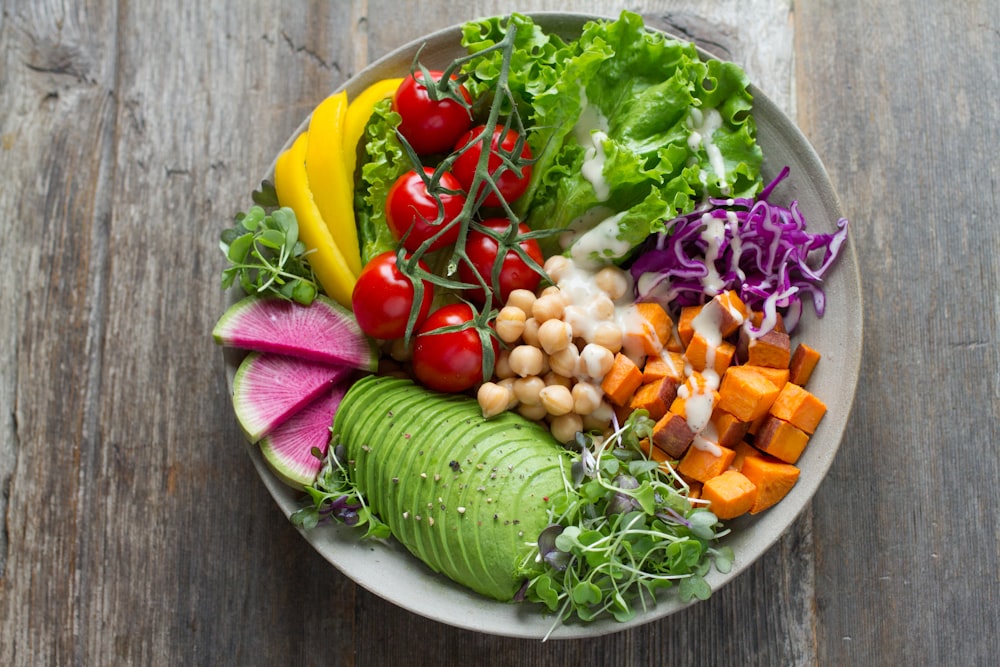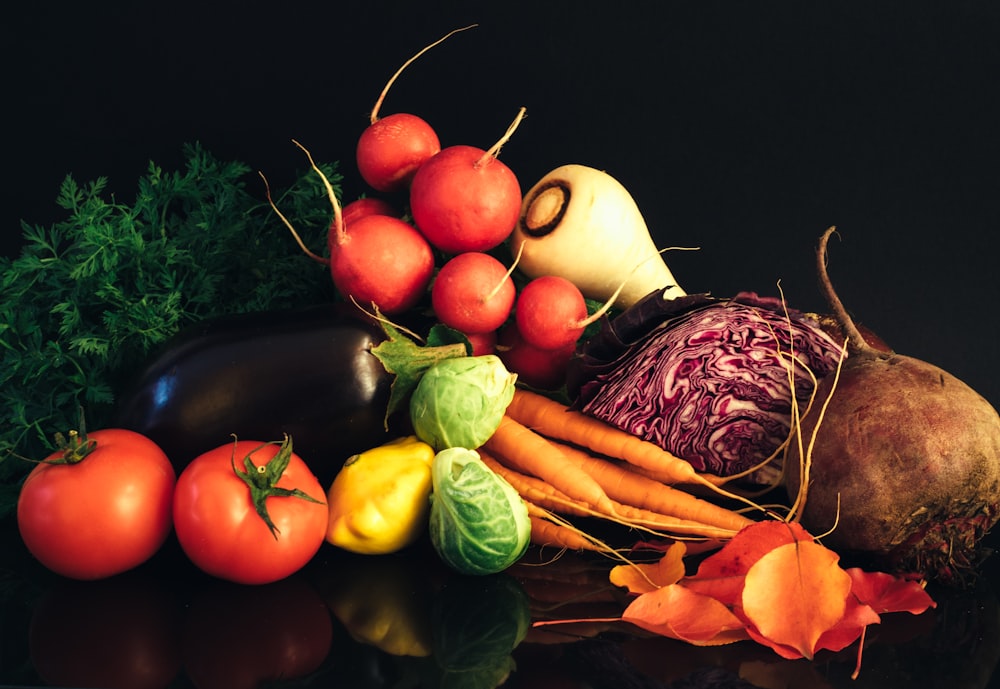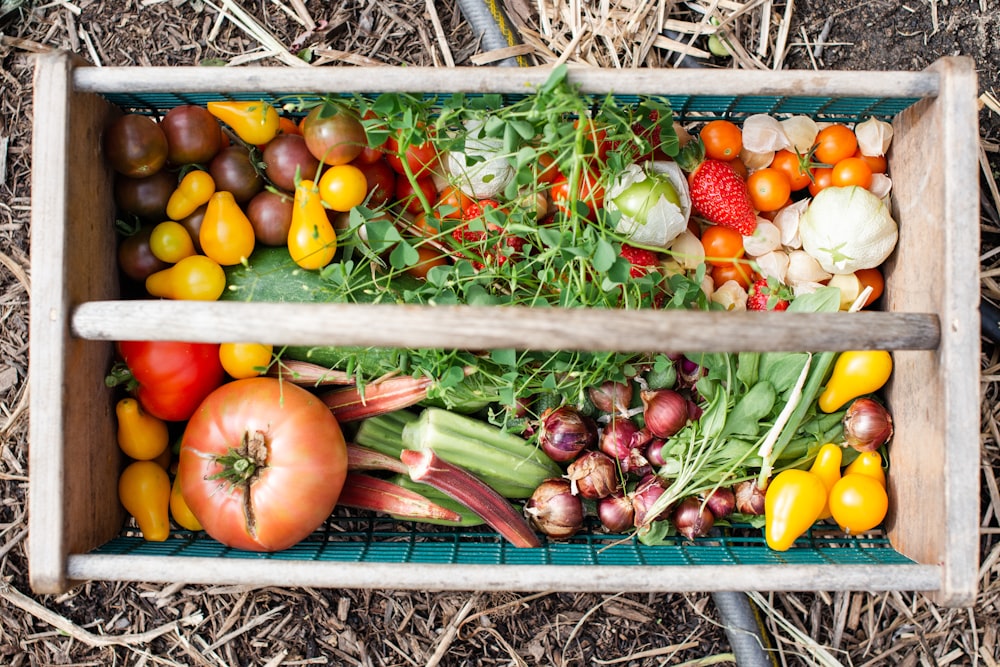
Amidst the hustle and bustle of modern life, there's something special about getting your hands dirty in the garden and watching your plants grow. Whether you're a seasoned gardener or just starting, growing your vegetables is a fulfilling and rewarding experience.
But what in case you have a shady garden or limited space for gardening? Fear not, for several vegetables can thrive in dark areas. In this blog post, we'll explore the ten best vegetables to grow in the shade and provide the knowledge you need to create a flourishing garden in even the shadiest spaces.
Know Your Garden’s Light Level
Before you begin planning your garden, assessing the amount of sunlight your garden receives is essential. It's easy to overestimate the amount of sun your garden gets, so it's important to note the different shade levels your garden experiences throughout the day and the changing seasons.
- Full Sun, Partial Sun: Various light levels are associated with gardening, including full sun, partial sun, partial shade, full shade, light shade or dappled shade, and deep shade. Full sun refers to 6-8 hours (or more) of direct sunlight per day, while partial sun is 3-6 hours of direct sunlight per day..
- Partial, Light, & Full Shade: Partial shade is around 3 hours of direct sunlight per day, while full shade receives less than 3 hours of sun with dappled light for the rest of the day. Light shade or dappled shade refers to bright sun filtered through the leaves of trees overhead, while deep shade gets no sun at all.
Once you have determined the level of sunlight your garden receives, you can begin planning which vegetables and plants will be best suited for your garden's light conditions. Generally, the morning sun with afternoon shade is ideal for many plants, including vegetables, annual flowers, and perennials.
Best Vegetable Types to Grow in Shade
Several types of vegetables can thrive in areas with less sunlight. Cole crops like broccoli, cauliflower, kohlrabi, turnips, kale, and rutabagas tolerate partial sun or shade but may take longer to mature. Cabbage will also grow in the shade but may not form tight heads.
Climbing vegetables like cucumbers and pole beans do well in areas shaded in the morning but sunny by afternoon, as they can climb up supports into the sunshine. Perennial vegetables like rhubarb, asparagus, and Jerusalem artichokes can be grown in partial sun or shade.
Root crops such as radishes, carrots, potatoes, and beets can grow in as little as 3-4 hours of direct sun with light or dappled shade for the rest of the day. Leafy greens like lettuce, arugula, kale, bok choy, and chard are happy with just a few hours of sunshine each day, and in fact, they can wilt in the midday sun.
Additionally, vegetables like broccoli, cauliflower, and spinach susceptible to bolting can benefit from being grown in partial sun, especially in hotter climates. For areas that receive morning sun and afternoon shade, vegetables such as celery, carrots, and bush beans are good options!
List of 6 Best Vegetables to Grow in Shade
Beets: To grow beets successfully in partial shade, providing them with a few hours of sunlight each day is recommended. While more sunlight will help them grow faster, it's still possible to cultivate them in the shade with a little extra patience.
To get started, sow the seeds in full sun and wait until they reach a height of 2-3 inches (5-7cm) before transplanting them as a whole clump to a shady backyard area.
Swiss Chard: Swiss chard is a versatile vegetable that can be harvested at different stages of growth. When the leaves are young and tender, they are great for salads, while larger leaves can be cooked like spinach. The variety of 'Bright Lights' is beautiful, with its colorful stems.
Swiss chard can be sown from March to September, but it's essential to protect the plants from frost with fleece. You can learn more about how to grow Swiss chard in our guide. Click here to buy the best seeds for this vegetable.
Lettuce: That's correct! Lettuce is a cool-season crop that prefers temperatures between 45 and 75 degrees Fahrenheit, making it an excellent choice for growing in the shade or partial shade. Growing lettuce in the shade can help keep the soil cooler and prevent the leaves from wilting and turning bitter.
Additionally, growing lettuce in the shade can help prevent the plants from bolting, which is when they prematurely flower and produce seed, making the leaves tough and bitter. Growing lettuce in the shade can be an easy and rewarding way to enjoy fresh greens throughout the growing season. Click here to buy the best seeds for this vegetable.
Beetroot: Yes, beetroots can tolerate shade, but to ensure good growth, it is recommended to sow the seeds in bright conditions and then transplant them once they are established. 'Boltardy', 'Burpee's Golden,' and 'Chioggia' are popular and reliable beetroot varieties. Sowing seeds every few weeks in spring and summer can ensure a continuous beetroot harvest. Click here to buy the best seeds for this vegetable.
Celery: Celery can be grown in partial shade, especially in hot climates where it may benefit from some protection from direct sunlight. Adequate water is essential for growing celery, as it has a high water content and can quickly become bitter and challenging if it dries out.
It's also necessary to keep the soil consistently moist but not soggy. Mulching can help retain moisture in the soil, which is especially important in areas with hot summers. Click here to buy the best seeds for this vegetable.
Carrots: Before planting, it's a good idea to work some compost into the soil to improve its fertility and structure. Carrots should be planted in rows, with the seeds sown thinly and covered with a light layer of soil.
To prevent carrot flies, a common pest, consider using a protective mesh cover over the plants or companion planting with onions or chives. Watering the plants deeply and regularly will also help ensure a good crop. Click here to buy the best seeds for this vegetable.
Gardening in Shady Conditions is Possible
In conclusion, gardening in shady conditions is possible and can benefit certain vegetables. You can enjoy a successful and productive harvest even in a partially shaded yard by selecting suitable varieties, providing adequate water and nutrients, and strategically placing your garden beds.
Experimenting with different vegetables and observing their growth can be a fun and rewarding experience for any gardener, regardless of their level of expertise. So, don't be afraid to try it and see what works best for you and your garden!






